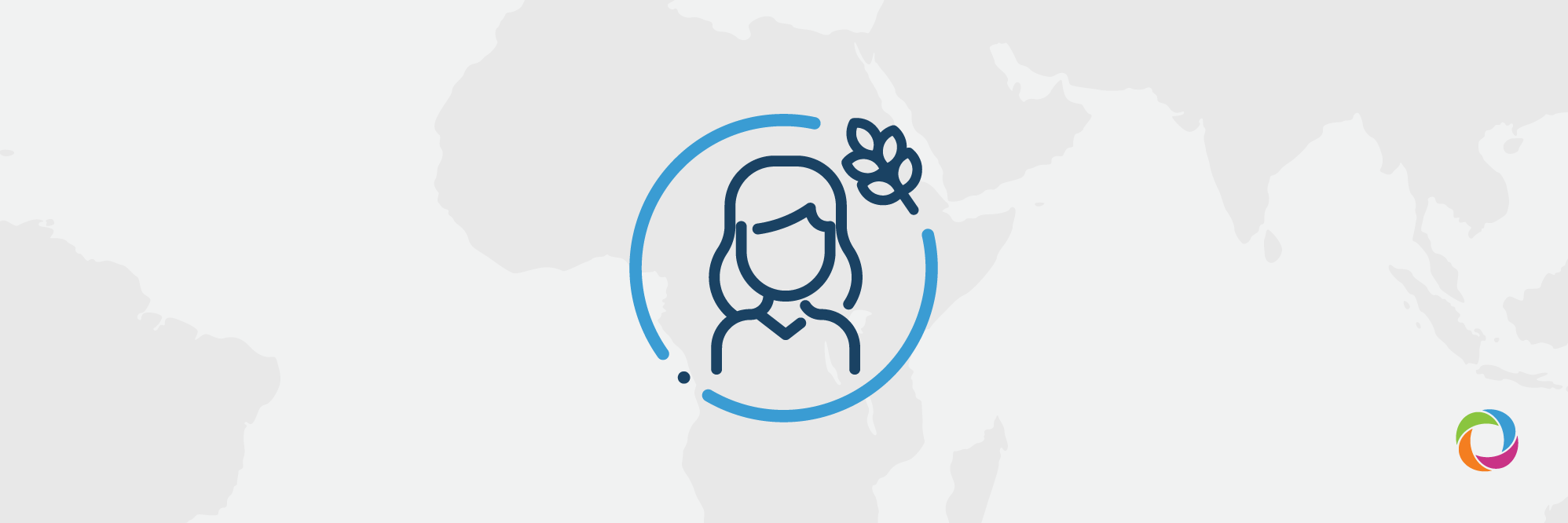Undertaking most of the sowing, pruning, weeding, and harvesting of the crops that constitute the main diet for billions of people across the planet, and despite the more than a century-long struggle for equal rights that began in March 1911, women are yet to benefit from the same resources as men.
While men usually plough the fields and drive draft animals, women are involved in most of the work to produce the staple crops – such as rice and maize – that represent more than 90% of the rural poor’s diet. Empowering women in agriculture, as the activity that feeds humanity, is vital to fight hunger and poverty and could lead to an astonishing 30% increase in yields on the female-run farms that feed a vast majority of poor people in developing countries.
For more than a century the world has celebrated International Women’s Day on the 8th of March. However, while in some parts of the world the movement for women’s rights has created a more gender-balanced society in many there is still a long way to go:
‘In spite of the sheer increase of women entering waged agricultural employment and international, regional and national standards against gender-based discrimination, cultural patriarchal norms prevalent in many parts of the world result in de facto gender-based discrimination at the workplace.’

One of the basic features of this discrimination relates to wages which are significantly lower for female farm workers making it difficult to earn sufficient income to support their households. For instance, in Ghana, women receive 58% less pay than men for exactly the same work. Another example is in Nepal where men are paid twice as much as women for paddy harvesting. The examples of disadvantaged and discriminated women are multiple and are proof of violations of human rights. However, the international development community confidently insists that this will become a thing of the past thus allowing the opportunity for a gender-equal future.
Women in food production
It so happens that in the least-developed countries, agriculture is the main activity for the majority of economically active women. Furthermore, in the most vulnerable rural areas that are susceptible to food shortages, women appear to be the main producers of locally produced food. Therefore, according to FAO:
‘Their contribution could be much greater if they had equal access to essential resources and services, such as land, credit, and training.’
In that case, women rights become crucial for food security, and consequently for the agricultural sector and society as a whole.
In fact, providing women with access to agricultural resources would raise yields by 20 to 30% on female-operated farms as well as increasing overall production in developing countries and reducing the number of undernourished people. Thus, states made a commitment to respect, protect and reinforce the rights of peasants and other rural workers giving particular attention to women in the United Nations Declaration on the Rights of Peasants and Other People Working in Rural Areas which was adopted in 2018.
To conclude, the role of women in development goes far beyond food safety. ‘When women do better, economies do better’, as Christine Lagarde, the current President of the European Central Bank, once said.


